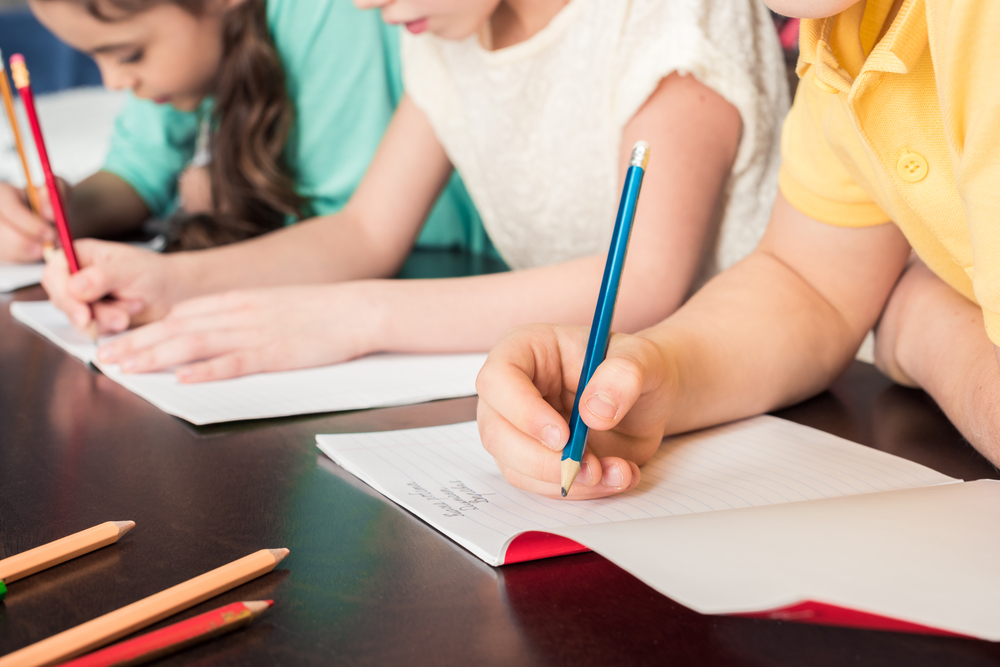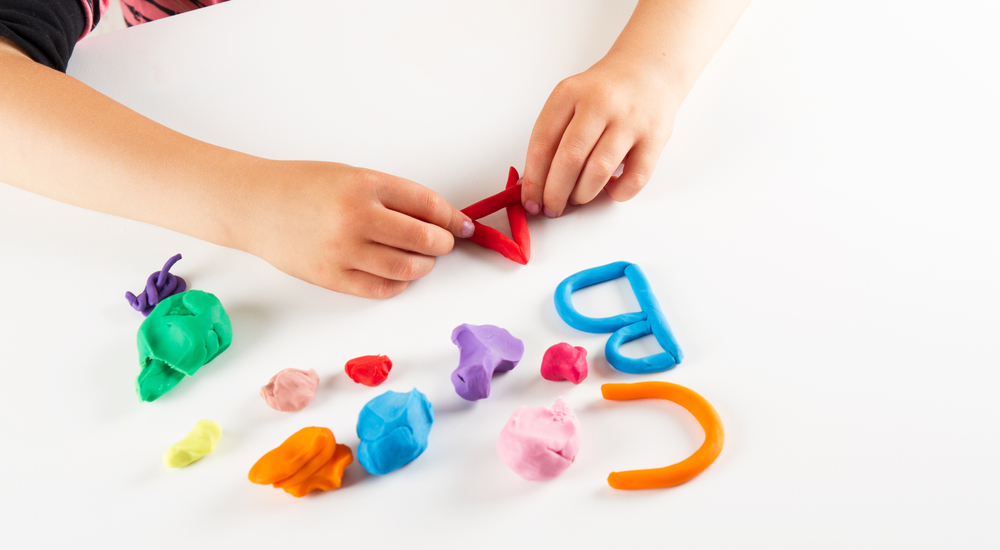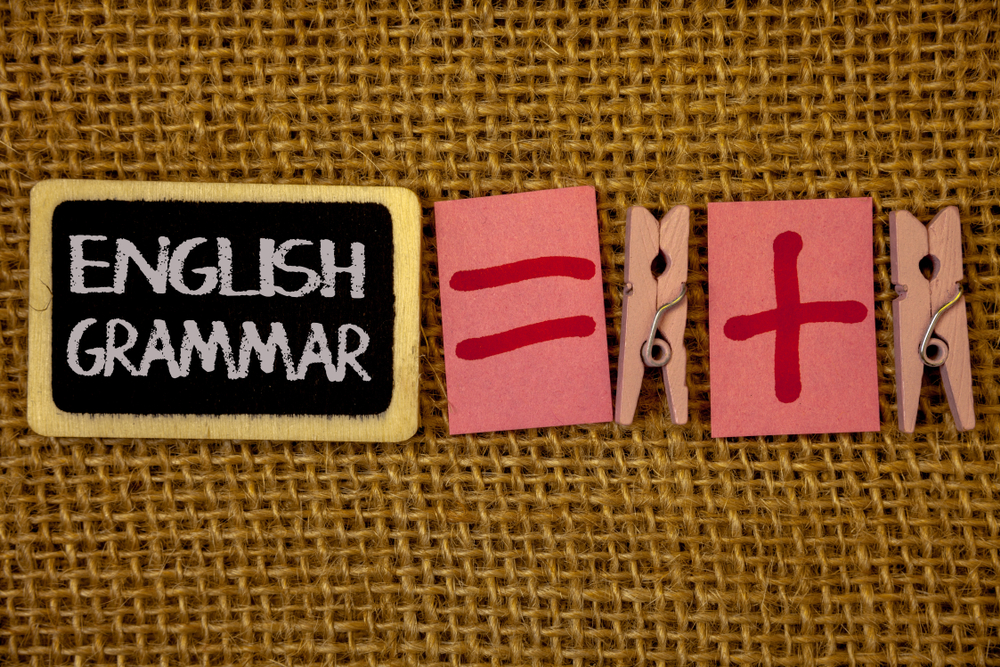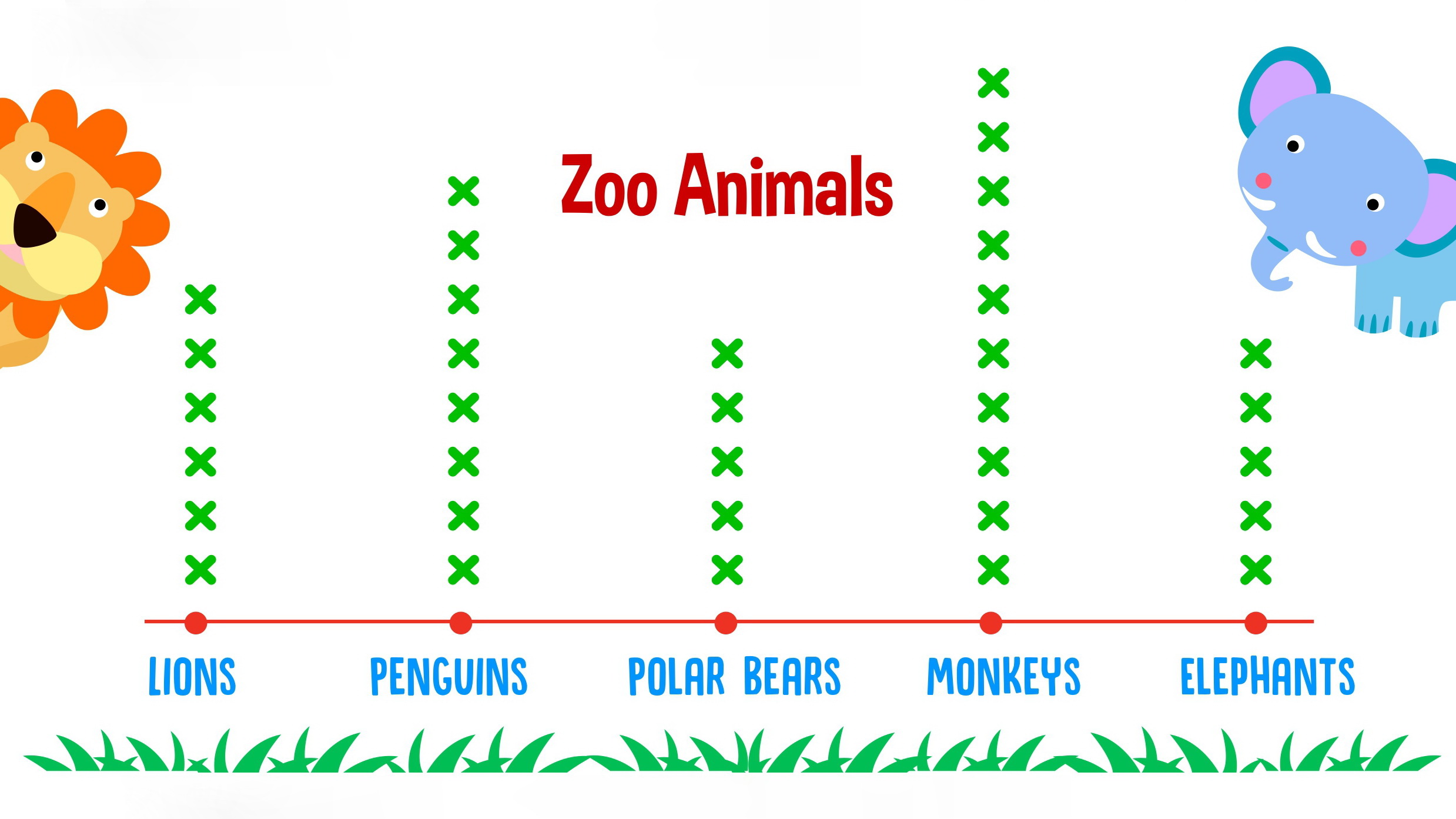10 Effective Multisensory Writing Activities for Kids
Nov. 5, 2018
From pencil grip to letter formation, mastering these seemingly simple foundational tasks can be challenging for kids to grasp, and frustrating for parents to teach. Coupled with the fact that teaching strategies have changed wildly over the years, teaching your child to write can be daunting task. Fortunately, there are better techniques to introduce kids to writing without the tears and frustration. Let’s explore a more effective approach to teach kids beginning handwriting using multisensory writing activities.

Multisensory Approach to Writing, and Why You Should Use It
While students can and do excel using more traditional teaching approaches, teachers and researchers have found that many struggle to learn both reading and writing. Long ago, the common thought was that teachers simply impart information upon students. We know now that learning just doesn’t work that way. All kids are different, and have varying ways of learning information and acquiring skills.
Just like adults, all kids are individuals and learn in their own unique ways. Some kids are visual learners, while others are auditory or kinesthetic learners. Because smells trigger memories and emotion, it’s possible that kids can make associations and learn through the sense of smell as well. Since learning works in conjunction with our senses, it makes sense that learning activities should appeal to a student’s individual learning style.
Effective multisensory writing activities help children learn to write in a variety of ways that doesn’t involve merely picking up a pencil, even if that is the end goal. Instead, these activities will stimulate a child’s learning by teaching to multiple senses at once. Multisensory techniques stimulate learning and memory, and are great for all kids, including struggling readers, or those with learning difficulties and delays.
If you’re sold on using multisensory writing approaches as a better way to introduce writing, let’s take a look at specific activities you can use at home to inspire early handwriting skills.
Simple Yet Effective Multisensory Writing Activities and Techniques

Use Writing Trays
Writing trays are an awesome way to stimulate the senses and encourage early handwriting skills and proper letter formation. Find a disposable, shallow baking tray and fill it with any textured material you have on hand.
You can use dry rice, cornstarch, sugar, sand, salt, or cornmeal. Feel free to use gel food coloring to add a little extra fun for your child! Print out letter formation cards or worksheets that your child will follow when making the letters in the tray. Instruct him or her to form each letter using a finger or the eraser end of a pencil. Use separate trays and fill them with different textures for specific letters for enhanced sensory learning!
Ziploc Sensory Writing Bags
This fun multisensory writing activity combines sight and tactile learning, much like the idea above, but in an exciting new way! Fill a quart-sized freezer bag with colored hair gel, or add food coloring to clear hair gel in the bag. To jazz it up, add glitter to the bag to make it sparkle and shine! Zip the bag up tight and lay flat across a table, evenly distributing the gel. Using a finger or a Q-tip, encourage your child to trace letters on the bag using the correct writing strokes for each letter.
Add Smells and Textures to Paint or Glue
Get out the art supplies, things are about to get messy! This activity combines visual and tactile methods, while adding a little smell into the mix! Using construction paper, first have your child use paint and paintbrushes to form letters. While the paint is still wet, help your child sprinkle something smelly to make for a fun and memorable learning experience!
Use cinnamon, garlic, or onion powder to scent the letters. After using paint, encourage your child to use liquid school glue and form letters by squeezing the bottle using the correct strokes for each letter. Before the glue dries, sprinkle materials of varying textures, such as coffee grounds, glitter, or sea salt.
Playdoh Letter Formation
Playdoh can be used in multiple ways to encourage multisensory writing. First, encourage your child to take balls of Playdoh and form letters. If this is too difficult for your child, help him or her roll out the dough on a table. Using a Playdoh tool of your choice, have your child practice forming letters by cutting the Playdoh. Ramp up this activity by adding a smell to the Playdoh to enhance memory. Try mixing a few drops of peppermint extract with the Playdoh to make for an invigorating writing session!
Practice Writing in the Dirt or Sand
Head outside and get down in the dirt to form letters in the dirt or sandbox! Encourage your child to use fingers or a large stick to practice writing strokes. Use different sizes or shapes of sticks, or even use stones or tools to form different letters. Form a message in the sand using the handle of a shovel. Get creative outside and use various tools and utensils to practice writing.
Form Letters with Everyday Objects
Fun multisensory activities come in all shapes and sizes! While forming letters using objects won’t do much for your child’s pencil grip, it will help him or her with letter recognition. Almost any object can be used to put together letters. Use blocks or Legos for kids that love to build. For the crafty kid, help your child bend pipe cleaners into letters and then trace the letters on paper. Form letters using pom-poms, googly eyes, or any fun kid-approved object!
Writing with Shaving Cream
A classic go-to activity for mom’s everywhere, don’t forget about writing using shaving cream! To start, find a large tray much like the tray used in the above activity. Dispense the shaving cream into the tray, and color it using food coloring. Help your child trace letters with their fingers in the tray. For extra fun, and if you’re ok with the mess, protect the bathroom sink with a drop cloth, and go to town tracing letters on the mirror using the shaving cream. Your child will have a ton of fun, and the learning will stick even better than the shaving cream on the bathroom mirror!
Draw it on Your Back!
Here’s a fun activity that you can get in on with your child! This exercise creates a unique tactile and movement lesson that stimulates learning in the simplest of ways! Sit on the floor or a comfortable couch and get your child to form letters on your back using their fingers. Try to guess what letters they’re writing! Switch with your child and trace letters on their back.
Challenge your child with guessing the letters you’re writing. Not only will your child practice forming letters, but your child will learn by recognizing the strokes you’re taking to write letters on their own back!
Bubble Wrap Letter Pop
Almost everyone loves to pop bubble wrap, and this might be the most exciting way to practice tracing letters! Using pieces of old bubble wrap, take a permanent marker and draw letters on the bubble wrap, over the bubbles. Instruct your child to follow the proper handwriting strokes as he or she pops the bubbles. Your child will begin popping the bubbles to reinforce letter recognition and formation!
Make a Splash with Bath Crayons!
If you’re looking for a quick way to practice multisensory writing for those busy school nights, use bath crayons to practice writing while in the shower or bath! Make your own natural bath crayons using recipes easily found online, or just buy a package of washable bath crayons.
Don’t forget to test the bath crayon on your own tub and tile before handing them to your little learner, and have your child wipe away their homework before leaving the bath. When ready to write, remind your child of the proper handwriting strokes and practice forming letters using different colors. Simply wipe off with water and a wash cloth to keep writing!
All the above activities certainly sound like a lot of fun, but you might be wondering when your child will finally get down to the nitty gritty and master the proper pencil grip. Just remember that multisensory writing activities help kids learn proper handwriting habits and letter formation to give kids the confidence they need to start writing.
Once your little writer has mastered letter recognition and formation, your child will be ready to begin writing along the lines of a primary notebook. So get the fun started today and try the above activities to stimulate your child’s learning. And don’t forget that once your child is ready to put pencil to paper, Kids Academy has you covered with quality resources including letter worksheets and more!


.jpg)

.jpg)




